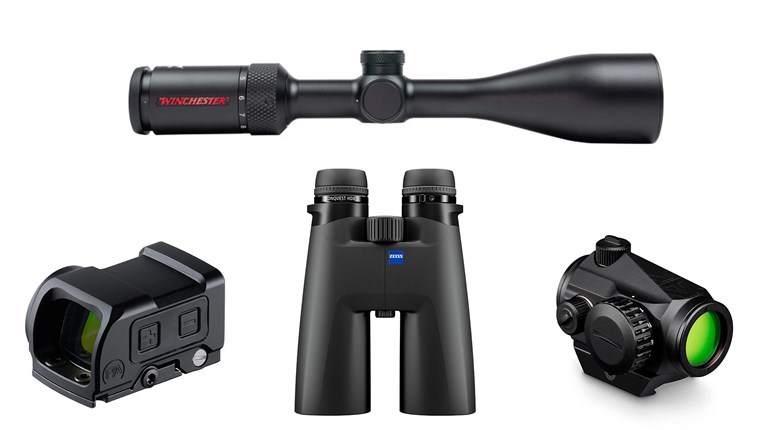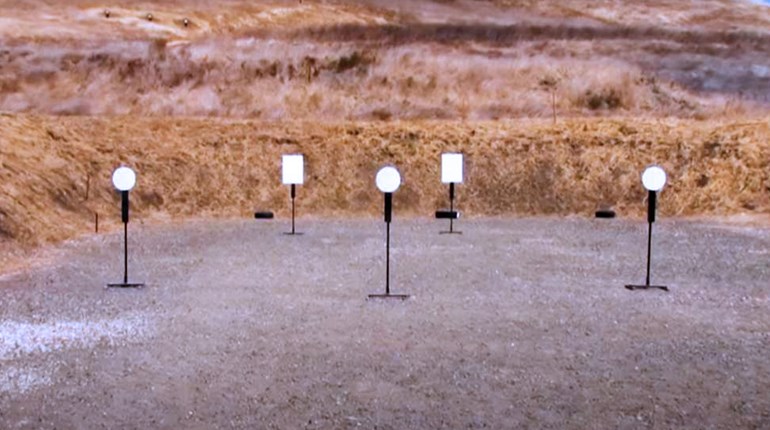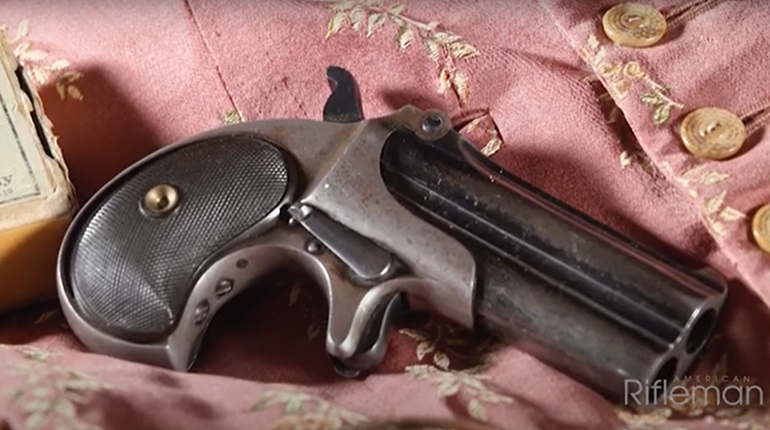
While you're preparing for your outdoor adventure, it’s easy to focus on the obvious essentials to bring along, such as a knife, water, and fire starter. But it's also important to prepare for other, seemingly minor, eventualities. Broken zippers, snapped shoelaces, ripped clothing, and such will happen. When it does, it can either ruin your trip or not, and that all depends on whether you're prepared. Remember, you don't need to be a skilled seamstress or cobbler; you simply need to know how to fix your gear so that you can get home safely.
When Zippers Fail (Because They Will)
Zippers are one of the first things to go on a jacket, bag, or sleeping bag. You don't need to be out in the wilderness for these to fail, as they regularly break as we go about our daily routines. If the pull tab portion of the zipper breaks, simply replace the pull with a bit of paracord, paperclip, or other material.
If the slider’s the issue, and it won’t close the teeth, you might be able to gently crimp it back into shape with pliers or attempt to straighten it by using a rock as an impromptu hammer. If the zipper is simply not gliding smoothly and is hard to pull, you can try rubbing soap or wax from a candle along the zipper teeth to “grease” things up a bit.
Feet First: Fixing Footwear on the Fly
A snapped shoelace or sole coming loose are two of the most common issues you may run across when it comes to your shoes. When it comes to a broken shoelace, paracord is strong, flexible, and a great item to have in your pack or even wrapped around a hiking stick. If you don't have any paracord handy, a fishing line, snare wire, or even a vine can make do in a pinch.
Another issue that you may experience is the sole coming loose from your shoe. Should this happen, it's important to fix it as soon as possible, as the last thing you want to do is trip, sprain an ankle, and be unable to bear weight on it while miles away from help. Duct tape is quite useful in this scenario, although cordage of some sort can be utilized as well if none is available. Lastly, nothing will get you limping faster than a blister on your foot. While special blister pads can easily be found at your local drugstore, you can also use moss, scraps of cloth, or even dry grass to provide comfort in a pinch.
Clothing Repairs That Keep You Warm and Dry
Don't let small rips fool you, as they can become big problems rather fast. While tearing your pants in warm weather may seem minor, it's still an easier way for mosquitoes, ticks, and thorns to reach bare skin. When it's cold out, ripping warm outer layers presents a whole other layer of problems. Of course, needles and thread are going to be the quickest and easiest way to mend your clothing, but many folks don’t carry these items in their packs.
Dental floss is a strong and effective alternative to thread, with fishing line and thin cordage also serving as effective alternatives. Sewing needles can be constructed from scraps of metal or even fishing hooks, should you have one in your kit. When all else fails, there is always trusty duct tape to the rescue. There's no need to carry an entire roll with you on each of your trips; simply wrap a few feet around a water bottle or other item you will keep with you, and rest assured it’s there should you need it moving forward.
Exposure to the Elements
Ripped outerwear or wet socks can lead to negative effects of exposure to the elements in no time flat. If you're cold and your insulated layers aren’t cutting it, materials such as dry grass, pine needles, or leaves can be stuffed into your clothing for extra warmth. Being cold is one thing but being wet and cold is downright awful. Think ahead when planning your trip and be sure to tuck away a large garbage bag in your pack.
Should the skies open up, simply cut out holes for your head and arms, and you'll have a rain poncho that'll keep your core dry in a storm. If you don't have a bag and there's nowhere to seek shelter, you can also use wide strips of tree bark strapped on like armor to help keep you drier than you’d be if you went without.
If your socks and shoes get wet, it is important that you attempt to dry them off by a fire. Wearing wet socks during a hike or similar activity is a surefire way to end up with blisters or even a nasty infection. If starting a fire is not an option and you must let them air dry, use whatever dry materials you have lying around to provide a barrier between your feet and your wet shoes.
The Answer to Everything: Be Ready Before You Leave
Being able to improvise when things take a turn south is great, but a little prep work goes a long way to not only ensuring your comfort but overall health and, in extreme cases, survival. A small repair kit takes up very little space in your pack and doesn’t need to include a lot: a needle, some thread or floss, duct tape, safety pins, and an extra shoelace or two will prepare you for many of the minor issues that may arise. Thinking ahead, properly preparing, and not being afraid to be creative will allow you to adapt and overcome any of the obstacles that you may find lying in your path ... or dangling raggedly from your outerwear.







































